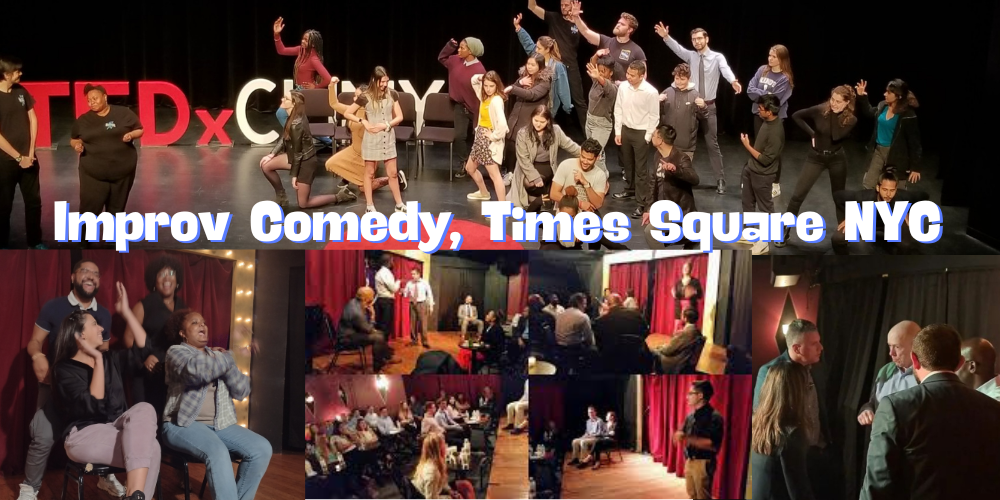Improv comedy is all about quick thinking, reacting, and building off of whatever your scene partner throws your way. Music is no different! Whether you’re doing a musical improv set or just want to bring some extra flavor to your scenes, having a few musical styles in your back pocket can be a game-changer.
Here’s a breakdown of some popular modern musical styles, their key elements, and how you can use them in your improv:
- Pop:
- Characteristics: Catchy melodies, simple chord progressions (often I-V-vi-IV), focus on vocals.
- Improv Tip: Think sing-songy dialogue, repetitive phrases, exaggerated emotional reactions.
- Hip Hop:
- Characteristics: Strong beats, rhythmic vocals (rap), emphasis on storytelling.
- Improv Tip: Rhyming games, playful boasting, incorporating current events or pop culture references.
- EDM (Electronic Dance Music):
- Characteristics: Synthesizer-based sounds, repetitive builds and drops, fast tempo.
- Improv Tip: Physicality! Use exaggerated movements to match the energy of the music. Let the beat drive your scene.
- R&B:
- Characteristics: Smooth vocals, soulful melodies, often deals with themes of love and relationships.
- Improv Tip: Bring sensuality and emotion to your scenes. Slow things down, use elongated vowels, and lean into romantic tension.
- Reggaeton:
- Characteristics: Latin rhythms (Dembow beat), often sung in Spanish, themes of dancing and partying.
- Improv Tip: Get everyone dancing! This style is all about fun and flirtation.
- Indie Rock/Pop:
- Characteristics: Diverse instrumentation, less mainstream sound, often quirky or introspective lyrics.
- Improv Tip: Play with unconventional characters, create unusual situations, and embrace the weird.
- Country:
- Characteristics: Storytelling focus, often acoustic instrumentation, twangy vocals.
- Improv Tip: Think of a scene as a song – give it a beginning, middle, and end. Use southern accents and draw inspiration from rural settings.
- K-Pop:
- Characteristics: High energy, catchy melodies, synchronized dance moves, often sung in Korean.
- Improv Tip: Bring in group dynamics. Choreograph simple moves and make your scenes visually appealing.
- Musical Theater:
- Characteristics: Big emotions, dramatic vocals, often tells a story through song and dance.
- Improv Tip: Go over the top! Belt out your lines, use dramatic gestures, and don’t be afraid to break into song.
- Jazz:
- Characteristics: Improvisation, complex harmonies, syncopated rhythms.
- Improv Tip: This is the ultimate improv music! Listen closely to your scene partner, react in the moment, and let the scene evolve organically.
Beyond the Basics
- Explore different subgenres: Each musical style has countless variations. Dive deeper into each one to expand your musical vocabulary.
- Use music as inspiration: Listen to playlists of these styles to get your creative juices flowing.
- Practice, practice, practice: The more you improvise with different musical styles, the more confident you’ll become.
Have fun experimenting with these styles – you never know what hilarious musical improv moments might emerge!









